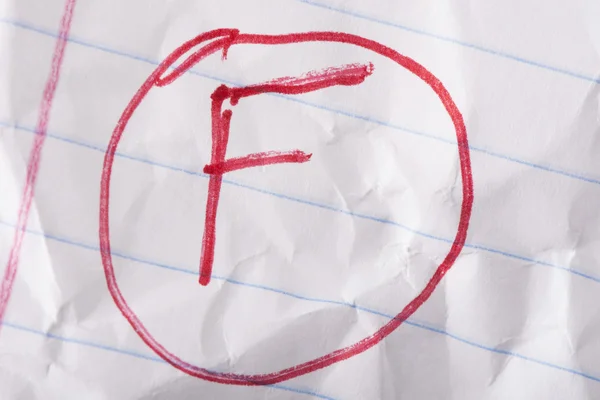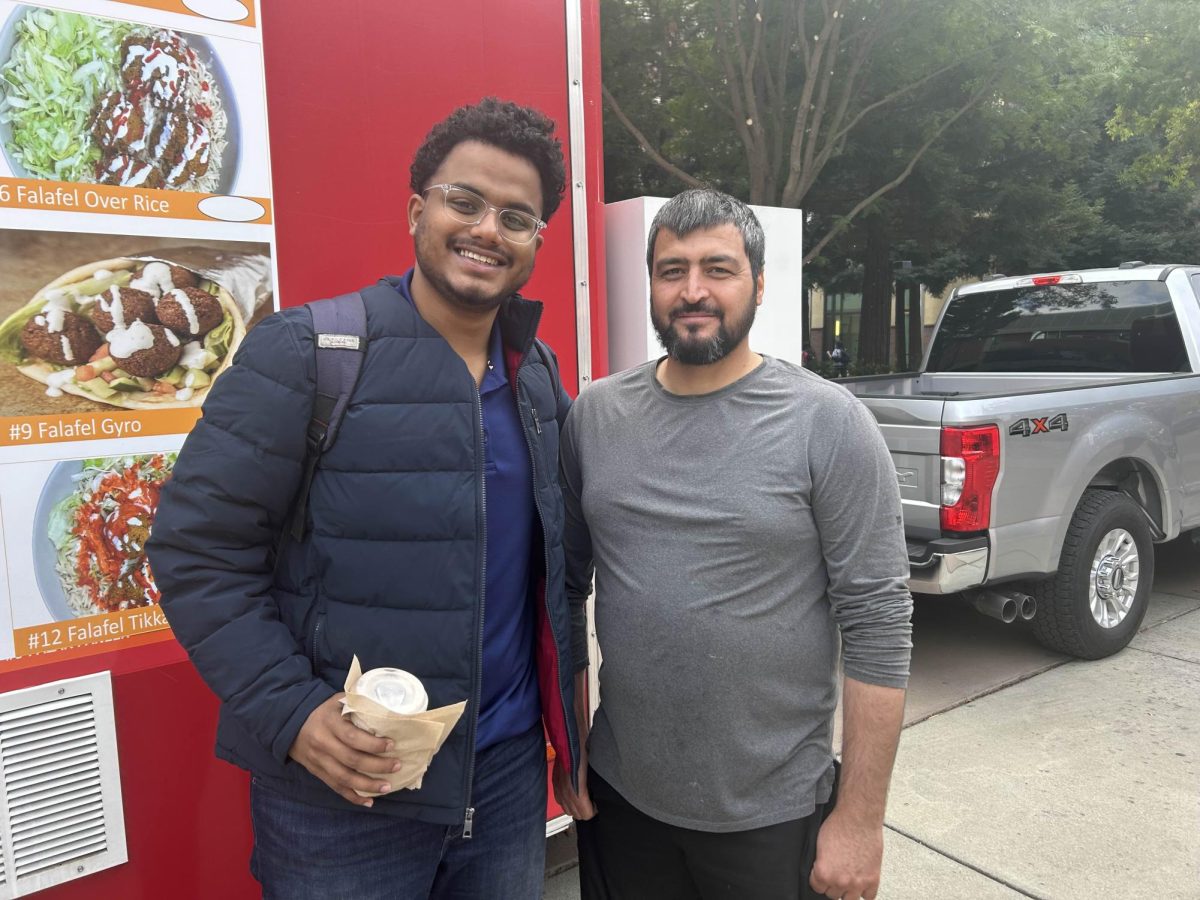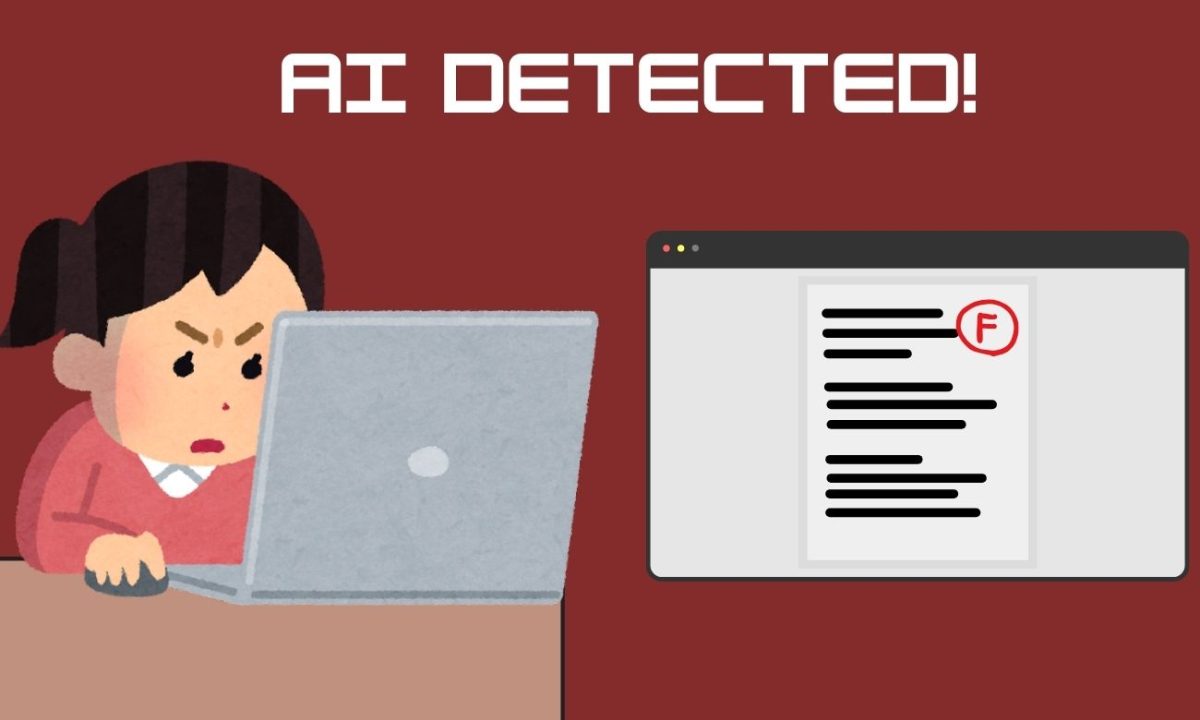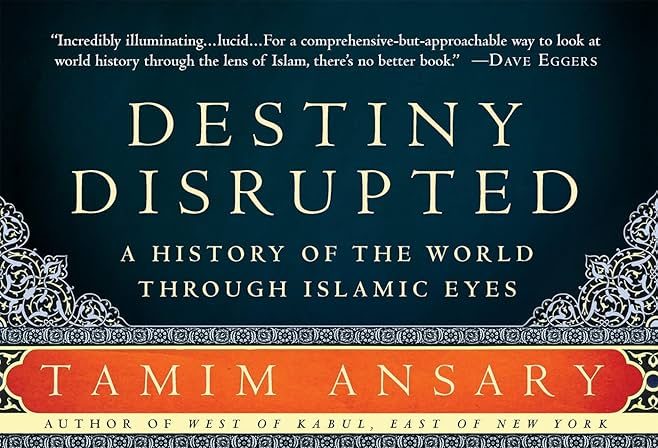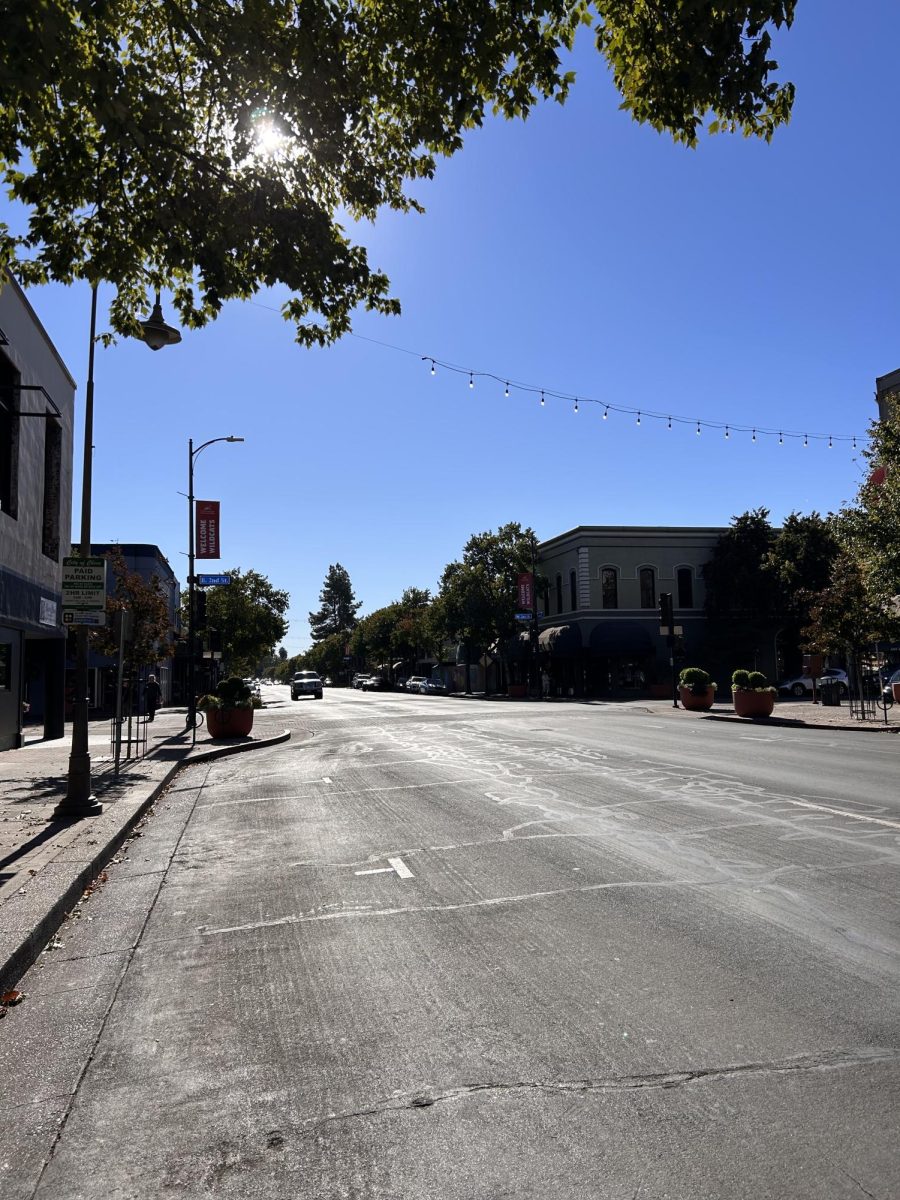
Death in America has become nearly invisible. There was a time when it happened at home, in front of everyone.
Now dead and dying bodies are stuffed away in retirement homes, mortuaries and hospitals.
Accident victims are cloaked under tarps. Animals that die so we can eat them are slaughtered by professionals who don’t mind it.
Death finds everybody. Eventually it rears its eternal head — the great equalizer, the tarot skeleton, life’s brief candle going out.
I’ve always been squeamish when it comes to dead things.
Nonetheless, something compelled me as a kid to examine dead animals: lizards, jellyfish and seagulls.
But it wasn’t just the gross, cold anatomy of these creatures that called my attention. It was the mystery of their sudden departure, the replacement of movement with stillness.
There was a kid in my first grade class who killed a goldfish. I’m not really sure why.
He snuck in during recess, stuck his hand in the bowl and snuffed the life out of the class pet.
The memory stuck in my mind like a cobweb.
Although I like the idea that I’m somewhat in control of my life, the unexpected will sometimes take the form of a murdered fish. My classmates and I never saw the body of the fish.
Poof! The bug-eyed fish was gone.
The reality of death in America is that it’s compartmentalized. Division of labor means that we don’t have much contact with the bodies of the deceased.
Unless you’re a doctor, an undertaker or an EMT, you don’t spend much time around corpses or soon-to-be corpses.
Seven years after the goldfish event, my older brother died in an all-terrain vehicle accident.
My childhood curiosity for all things dead failed me — I chose not to see the body. It’s a decision I regret to this day.
I think it would have helped make it real.
Instead, for a long time I felt like he was just gone on a long trip, like he would barge through the door any day and everything would be back to normal. And someone would tell me the whole thing was a big, elaborate joke.
This kind of loss is a crushing blow. It’s as shocking as it is real. For me, the shock was prolonged with denial, as if I shut my eyes to the whole thing it would not be true.
Time waters it down. But there’s never complete healing when a loved one dies. There will always be a void where that person used to be.
Grieving involves moving from denial toward acceptance. As a culture, we could do a better job of facing the commonly unseen physical reality of life’s ending.
Being comfortable with death involves witnessing the stilled bodies of those who have lived.
Kevin Crittenden can be reached at [email protected]or @kevlodius on Twitter.




